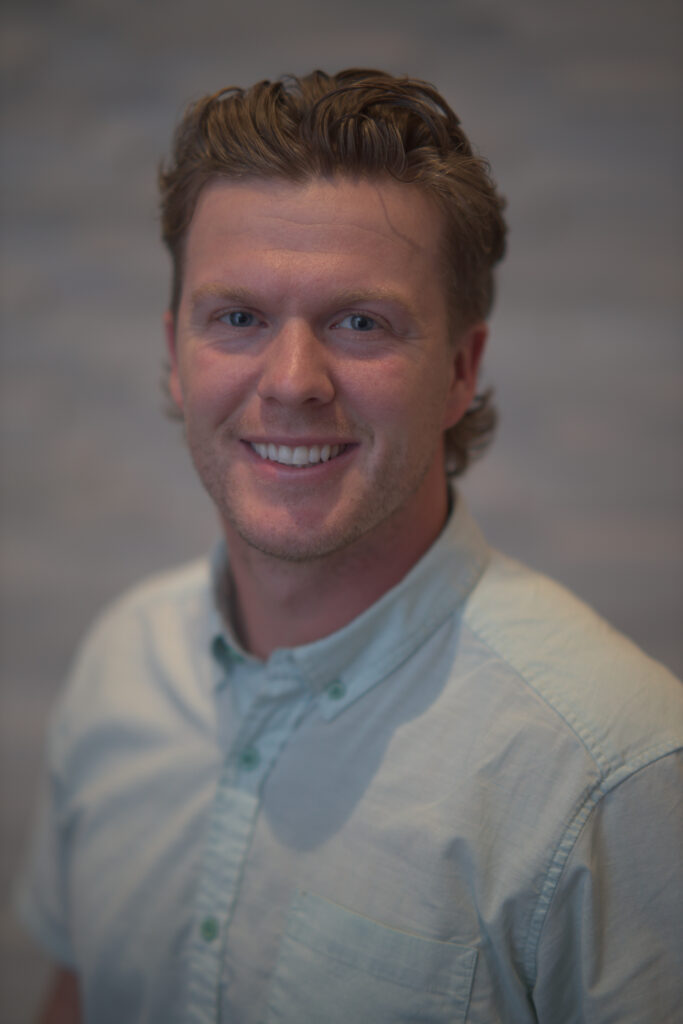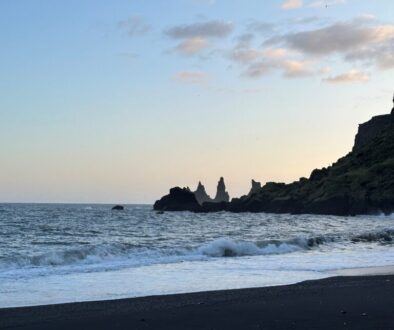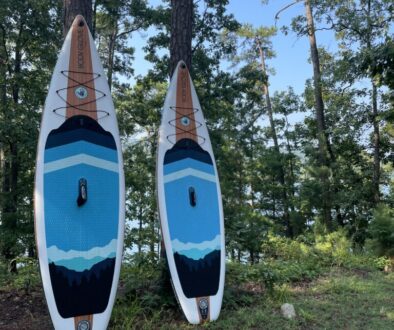Clearcut

About the Author:
Conor Parrish is the Director of Business Development for FCT Water but swears he is “not big on titles” at least not as it pertains to his career. A father, a husband, and wannabe beekeeper are titles he can get behind. Known to run with donkeys in the mountains from time-to-time, Conor has a lot of hobbies, despite always telling his wife he doesn’t have any real hobbies besides reading. Armed with a degree in Environmental Science from Drake University, Conor loves the intersection of business, science, the environment, and water and considers himself lucky to have landed in such a unique role to suite his needs.
Clearcut
Clearcut: A word that, depending on where it is uttered, evokes a strong, almost visceral reaction. To many: a sign of progress, of resources, of the constant march to a bigger GDP. To others: a scar, a premonition, a sign that said march is a march to something far more sinister.
To those of us at the Hardwood Ecosystem Experiment summer field camp in the summer of 2014, the word represented something else entirely. The research each of us was involved with was, in some way, related to the forest, clearcuts, and humans’ impact on the environment. Clearcut was a technical term, a treatment, something to be studied, and with enough time, understood.
When in the field, we were immersed in the research, surrounded by the sounds of birds and insects chirping, crawling, climbing and fluttering about. We were surrounded in the best way possible with just about any wonderful creature you could imagine. In those moments, one thing was certain, we were experiencing the world in a way that many of us had never experience before. Nature has a remarkable way of pulling you into the present, the there and now – we were focused on our research, the data collection, the weather, and what amazing thing we would happen to see that day. Amidst all of that there was also hope. Hope that the daily tick checks, the close encounters with snakes, the constant state of damp would be worth it. That from our work would come understanding, and from understanding would come progress.
When I think about that summer, and I mean really think about it. Beyond the nostalgia of field cabin game nights, trips into town for ice cream, and the calm of nature. Beyond the odd juxtaposition of a summer in the woods sandwiched between rowdy college semesters. One thing, suppressed in my memory by the passage of time comes to mind. The water.
Daily life in field research was a constant struggle to stay dry, and when that inevitably failed, the struggle continued each night to dry our boots and clothes before the next morning, only to start the cycle over again the next day. In the forest of south-central Indiana, water was an unavoidable fact. From the incredible amounts of dew on all foliage every morning, to the puddles, streams, creaks, and the torrential afternoon downpours, the water was there.
But…beyond the discomfort, once enough time had passed to simply accept and reconcile the circumstances, came understanding. An understanding that without this water, none of what I was experiencing would be possible. In that forest was an entire world. An untold number of species and life forms working together, competing, thriving, and struggling. It was beautiful. It was awe inspiring. It was scary. Scary in a way that I could not articulate at the time. Scary because, despite the seeming density of life, the complexity, the resilience, and beauty, you walk through a pocket of dense vegetation only to immerge into an unnatural hole. A desecration. A place where humanity has left an outsized mark. A clearcut. Something that clearly does not belong in the middle of all that wonder.
Now, as a father, reflecting on a summer 10-years past. I wonder if my son will be able to experience nature in such a way. To simply be there, in the moment, hating being wet, but loving every minute of it. To immerge into a clearcut, clothes soaked completely through from the morning dew and ask, “Is this the path we should be on?”


